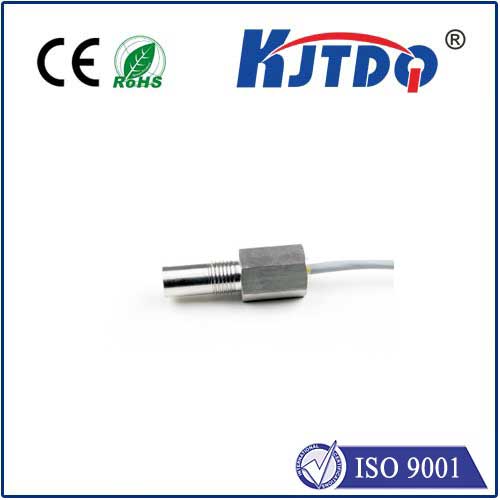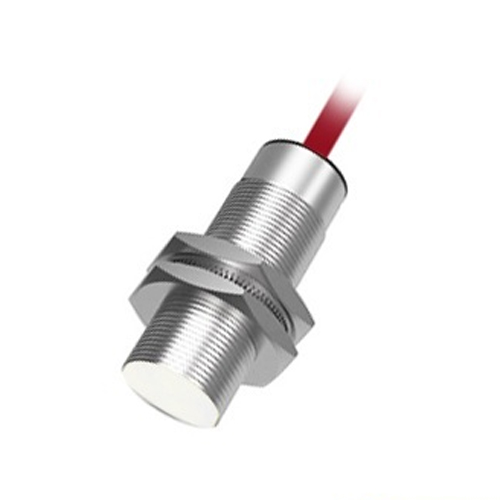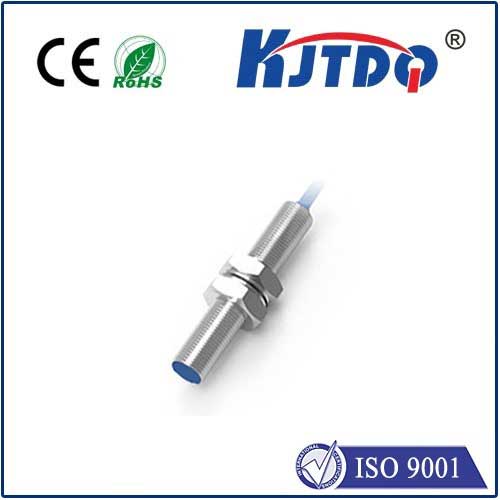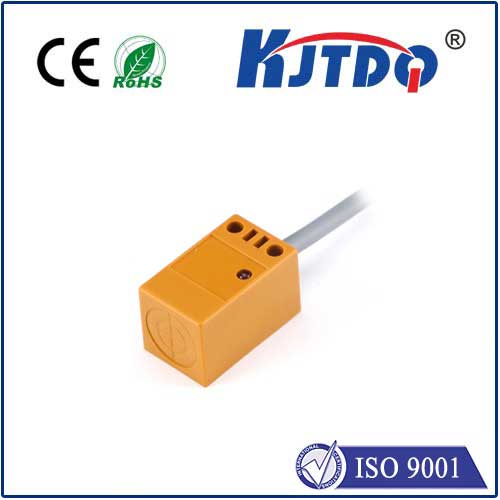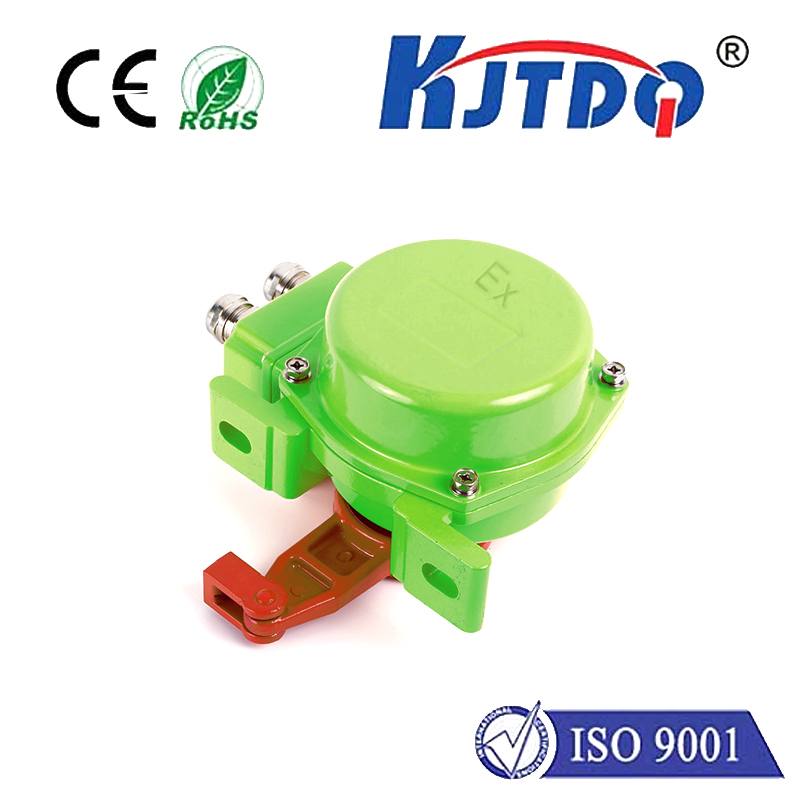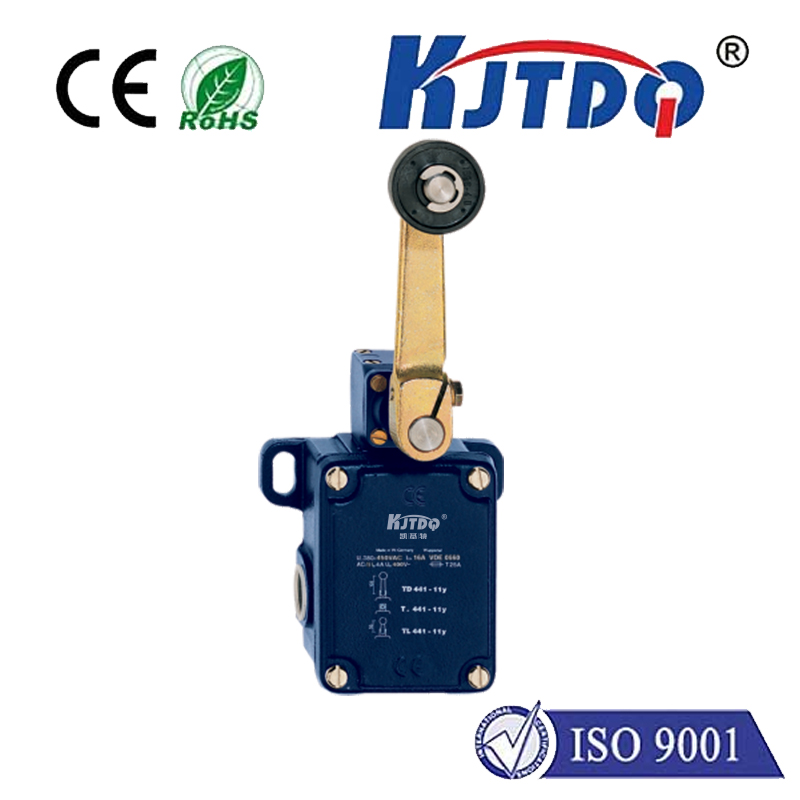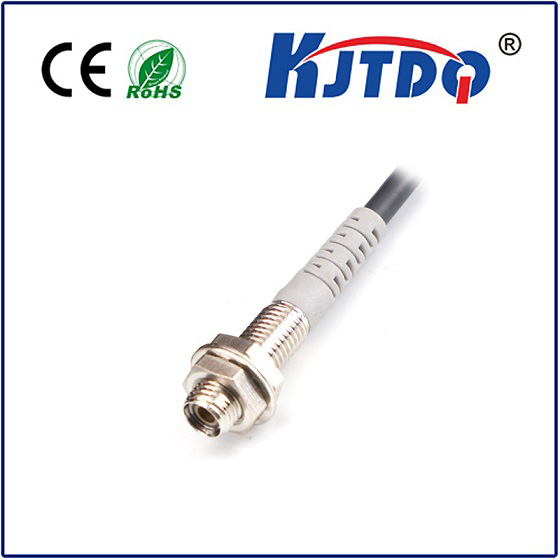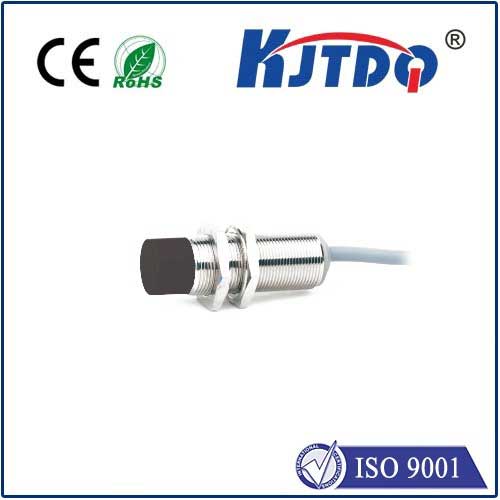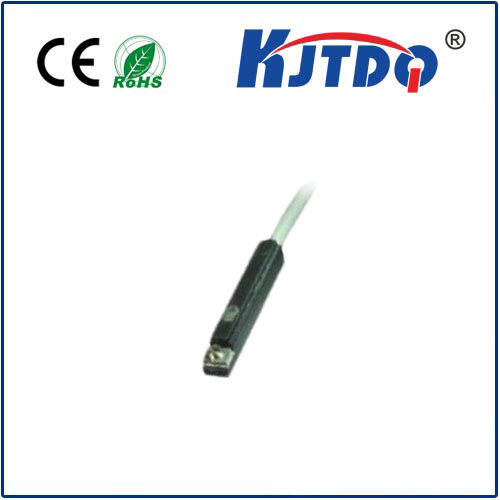
Проверка

Проверка

Проверка

Проверка

Проверка

Проверка
Imagine this: a towering construction crane swings a multi-ton load across a bustling site. Workers maneuver below, other equipment operates nearby, and critical structures stand tall. One momentary lapse in judgment, one obscured blind spot, and catastrophe looms. This constant dance with danger underscores why crane proximity sensors are not merely helpful tools but absolute necessities in modern lifting operations. They serve as the vigilant electronic eyes, constantly scanning, warning, and actively preventing collisions that could lead to devastating injuries, costly damage, and severe project delays.
The High-Stakes World of Crane Operations and Collision Risks
Operating cranes, especially on congested sites like refineries, ports, construction zones, or shipyards, presents inherent dangers. Operators grapple with limited visibility, complex lifts, human error, environmental factors like wind or fog, and the sheer challenge of maneuvering massive structures and loads in tight spaces. Crane collisions—whether with other cranes (known as interference), buildings, power lines, perimeter fences, or personnel—remain a leading cause of accidents globally. The consequences are dire: loss of life, debilitating injuries, millions in repair costs, project stoppages, and irreparable reputational damage. Traditional safety measures like spotters and strict protocols, while essential, have limitations. Proximity detection technology steps in to fill this critical safety gap.
How Crane Proximity Sensors Work: The Technology Behind the Safety

At its core, a crane proximity sensor system creates an invisible, adjustable safety zone around the crane’s moving parts—primarily the boom, load line, and hook block. When an object or person enters this predefined zone, the system triggers an immediate alert. This typically involves:
Key Benefits: Why Investing in Proximity Sensors Pays Dividends
Integrating crane safety systems built around proximity sensors delivers tangible and profound advantages:
Implementing an Effective Proximity Sensor System
Choosing and installing the right crane anti-collision technology requires careful consideration:
Beyond Collision Avoidance: The Evolving Role of Crane Sensors
The role of proximity detection is expanding. Integration with other site technologies like Building Information Modeling (BIM) allows systems to “know” the location of permanent structures for enhanced avoidance. Telematics capabilities enable remote monitoring of sensor health and system status. Data analytics from logged events provide deeper insights into site safety trends and near-miss hotspots, enabling proactive risk mitigation strategies. The future points towards AI-powered predictive systems that anticipate potential hazards before they even enter the warning zone.
Conclusion: A Non-Negotiable Element of Modern Lifting Safety
In the high-consequence world of crane operations, relying solely on human vigilance is an unacceptable gamble. Crane proximity sensors represent a fundamental technological evolution, providing an indispensable layer of protection. They actively prevent accidents, save lives, protect assets, and ensure projects stay on track. From preventing tragic personnel injuries to avoiding catastrophic impacts with infrastructure or other cranes, these systems are not just a compliance checkbox; they are a core safety investment that delivers unequivocal returns. As technology advances, their capabilities will only deepen, further cementing their role as the essential electronic shield safeguarding every lift, every site, and every life involved.

